Agent Based Modeling Technology (2)

What is Agent Based Modeling (2)
This time, I will also explain “Agent Based Modeling”.
When you build an ABM, the result depends largely on how you set up the three factors: interaction structure, agent decision rules, and adaptation process. This time, I’m talking about these three factors.
(A) Structure of interaction
ABM explores what social conditions result from interactions between agents.Therefore, which agent an agent refers to when choosing an action is an important factor in the outcome. There are two main ways to target agent interactions:
1) Cases for all agents
Generally deal with all agents or determine which agents to deal with in a random way.
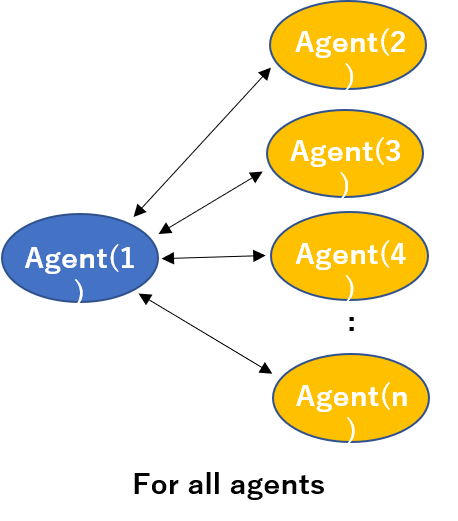
2) Cases targeting only a specific agent
This method is very varied, and it can introduce spatial and network structures to impose constraints on the agents to which they are partnered, or it may determine the agent to be the other party based on the similarity of characteristics, depending on the purpose of the simulation.
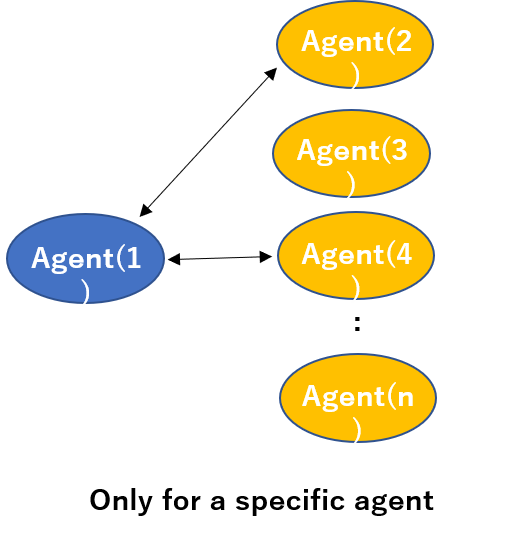
(B) Agent decision rule
ABM allows agents to select actions according to their decision rules. Therefore,the outcome can vary greatly depending on what decision rules the agent chooses to act on. In principle, agent decision rules can be whatever they are, but they usually use relatively simple decision rules. Also, different agents often have different decision rules. How diverse the agent’s decision-making rules are also the key to the simulation results.
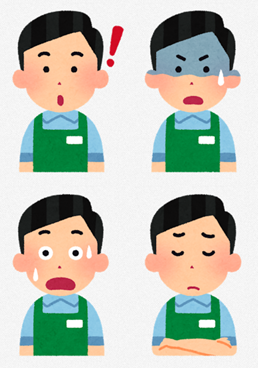
(C) Adaptation process
In ABM, agents often change their decision-making rules more depending on the result of their actions and the influence of the surrounding agents. There are three main ways to change an agent’s decision rules:
1) Adaptation based on one’s own experience
Changes decision-making rules based only on the results of one’s choice of conduct, mainly those that take part in the learning process.

2) Adaptation based on observation
Observe the characteristics of the agent to which the interaction is to interact and change your decision-making rules, such as imitating the decision-making rules of someone who has the same characteristics or who has a higher earned gain than you.
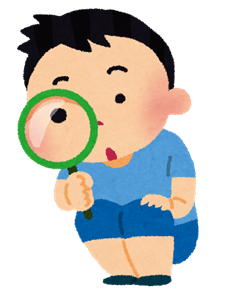
3) Group-based adaptation
The lower X% of the population adopts the upper X% decision-making rules, and when the decision-making rules are changed from the viewpoint of the agent changing the decision-making rules, the object of imitation is limited to the interaction partner in the adaptation based on observation, while the adaptation based on the group is not limited to the other party of the interaction.
In group-based adaptation, lower-level agents adopt the decision-making rules as long as they are not directly subject to interaction, but are at the top of the gain.
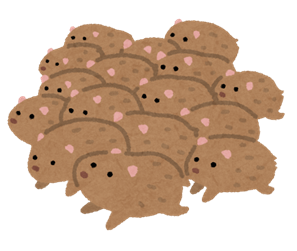
Do you understand the concept of Agent Based Modeling?
Next time, I will explain “Application examples of Agent Based Modeling”.
